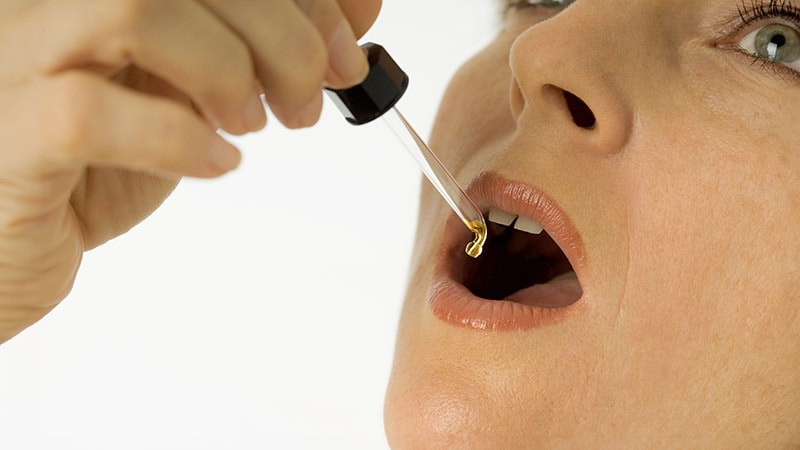Takeaway
- Higher neonatal 25-hydroxyvitamin D3 (25[OH]D3) concentrations may lower the risk of developing childhood asthma at ages 3-9 years.
Why this matters
- Findings suggest that prenatal vitamin D concentrations are important for the development of foetal lung and immune system and reduce the risk of asthma later in life.
Study design
- A case-cohort study included 911 children with asthma (cases) and 1423 children from random sub-cohort using data from the Danish biobank and register databases.
- The effects of neonatal vitamin D status on the development of asthma between age 3-9 years were evaluated across different quantiles (Q1-Q5).
- Funding: This study was a part of the D-Tect study funded by the Danish Agency for Science, Technology and Innovation, the Ministry of Science, Higher Education, under the instrument “Strategic Research Projects”.
Key results
- The median 25(OH)D3 concentration was slightly lower in children with asthma (23 [interquartile range (IQR), 14-35] nmol/L) vs children from the sub-cohort (25 [IQR, 14-40] nmol/L).
- After adjustment for confounders, the risk of developing asthma between age 3-9 years was lower for children in the fifth quintile vs with those in the first quintile (aHR, 0.55; 95% CI, 0.39-0.77).
- In analyses stratified by sex and season of birth, the association appeared stronger in boys (aHR, 0.53; 95% CI, 0.34-0.83) than girls (aHR, 0.62; 95% CI, 0.36-1.07); and in those born in August-January (HR, 0.51; 95% CI, 0.33-0.79) than those born in February–July (HR, 0.66; 95% CI, 0.43-0.99).
Limitations
- Risk of residual confounding.
This clinical summary first appeared on Univadis from Medscape.


